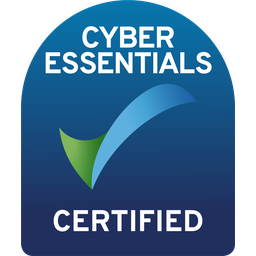SEO isn't just about keywords; it's about understanding why people search.
Intent is the buzzword you need to keep in the forefront of your mind when creating or scaling up your site. The question you should always ask yourself is, “What is my ideal user looking for, and is this page providing that solution?”
There are four types of search intent to consider: informational, navigational, transactional, and commercial investigation. Knowing how these work can supercharge your SEO strategy and help you create content that matches what users are really after. Let’s crack on.
THE BASICS
What is search intent?
Before we get into the types, we need to be clear on what we mean by search (or audience) intent. It simply is the reason why your audience is searching and what they are then hoping to find. Are they asking a question to help solve a problem such as “how to recover data from my SD card”, or to find out what film you recognise that person from (on the daily in my house)? Or are they looking for help with an idea for a present or recommendations for a holiday? Are they looking to make a purchase as a result of their query, or are they simply gathering research?
There are many reasons that your audience will land on your site, and to have a robust SEO (and content) strategy, you need to consider as many as possible.
"Matching content with search intent can significantly enhance organic visibility.”
SOLIDIFY YOUR INTENTIONS
The four types of search intent
Click below to expand
People with informational intent are after specific answers. They’re the Jessica Fletchers of the internet, asking, “How do I become a B Corp?” or “What are backlinks?” These searchers aren’t ready to buy; they’re researching or learning. If your content addresses a query appropriately, you’ll build trust and authority with that user. When thinking about ideas to fit under this category, look at all the questions relevant to your offering, starting with:
- How
- What
- Why
- When
- What
Then, supplement product and service pages with FAQs and create blog posts, videos, guides, and infographics that answer these questions. Search engines are looking for rich, informative and valuable content. Make it thorough and engaging, and you will become the go-to person in your industry for answers.
Navigational intent is about a user locating a specific site or page that they have probably visited before. These users know where they want to go; they need directions. Think of searches like “Facebook login”, “Digital Clean-Up Challenge“, or “Tesco opening hours”. They know specifically where they want to go.
For SEO, it’s crucial to ensure your brand and its services or products are easily found. The site structure has to be user-friendly to support a clean and clear user journey. Treat every core page on your site as its own landing page. Refrain from being unnecessarily cryptic or expecting visitors to browse to piece information together; make it obvious and straightforward.
This is your digital storefront; keep it clean, optimised and accessible.
Here comes the money! *klaxon*
Transactional intent means users know what they want/what their problem is and are ready to purchase. They’re searching for “TreatBox Birthday Advent Calendar” or “Book a Food Waste Collection”. These visitors literally have their digital wallets out and are ready to convert.
Ensure your product and services pages are optimised, with clear CTAs (Calls to Action) and compelling copy.
Reviews, detailed descriptions, FAQs and easy order or checkout processes seal the deal.
These users are the ones you need to work hard to convince to buy from you, as they are doing their homework before making a purchase. They search for “Content Marketing Agencies” or “Nike vs Adidas”. This audience looks at:
- differences in products/services
- reviews and accreditations
- value proposition
- your ethics
They also seek recommendations and use all this information to make a decision. Here is where all that work to ensure your E-E-A-T is accurately reflected on your website pays off (right? right??). Your content should help them decide.
Comparison articles, detailed reviews, and buying guides are your best friends here, albeit on-site or via third-party websites. Highlight benefits, and don’t shy away from discussing competitors if appropriate—honesty can win trust.
DOWN TO BUSINESS
Why search intent matters
- Rand Fishkin, co-founder of Moz.






